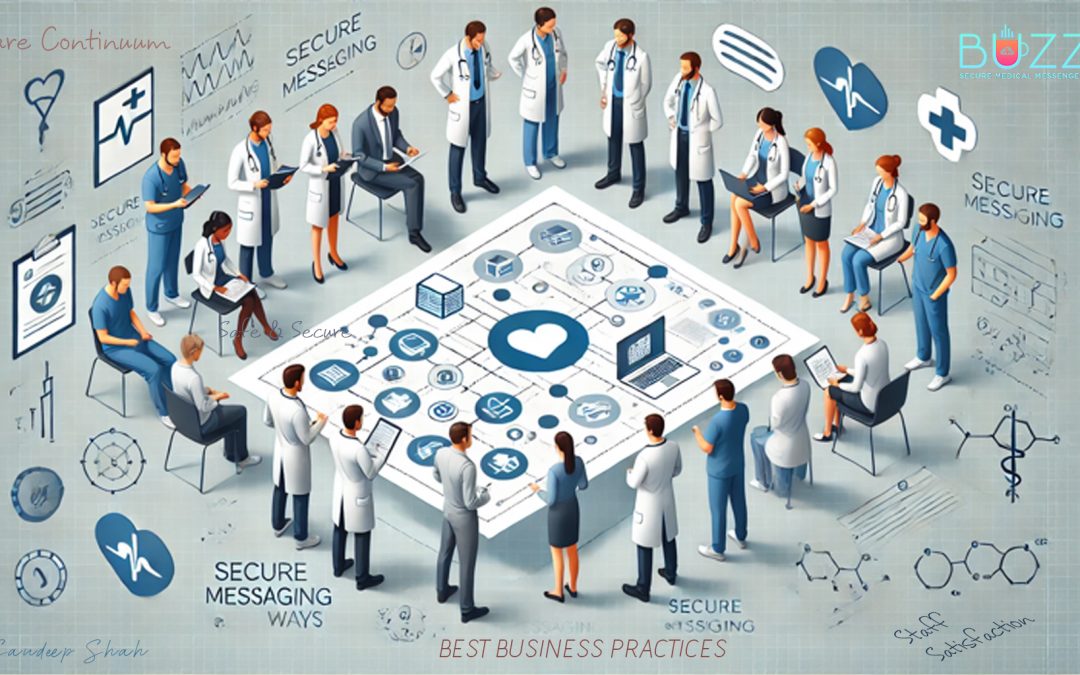Although there are no exact global figures, it’s estimated that nearly 23 billion text messages are sent daily worldwide. Some messaging apps, like WhatsApp or Telegram, use end-to-end encryption, but many don’t. This can allow hackers to access authorization information from both individuals and businesses.
Still, in today’s healthcare landscape, effective communication is not just a necessity; it’s a critical lifeline. Healthcare professionals often face high-pressure situations where timely information exchange can mean the difference between life and death. But sending a text doesn’t offer privacy and security. Secure instant messaging is the only way to ensure that healthcare teams stay connected seamlessly and securely.
The Need for Secure Healthcare Messaging Solutions
Instant messaging solutions in healthcare settings are essential due to the critical need for rapid, reliable, and collaborative group communication. Since healthcare professionals often work in high-pressure environments, immediate access to information can significantly impact patient outcomes.
Moreover, these solutions can streamline workflows between different healthcare professionals and departments. This ensures that everyone is on the same page, regardless of their shift, reducing the likelihood of unnecessary errors or lapses in ongoing communication.
Delayed communication, on the other hand, can have dire consequences. Imagine a scenario where a nurse needs to urgently notify a doctor about a sudden change in a patient’s condition but cannot reach them due to inefficient communication channels. Such delays can potentially compromise patient safety and health outcomes and are one of the reasons why communication errors have accounted for so many unnecessary fatalities.
The Truth Behind Messaging in Healthcare Facilities
Unfortunately, the reality is that a lot of healthcare facilities don’t use secure instant messaging. Some facilities don’t offer secure messaging solutions, while others rely on complicated or outdated software. 97% of respondents in previous years have admitted to sending patient information on WhatsApp. While secure to a degree, it’s not HIPAA-compliant. The issue is that 30% or more believe that even SMS meets HIPAA compliance when this is far from the truth.
So, despite the critical need for efficient communication tools in healthcare, many facilities still rely on outdated or insecure methods of communication. This lack of secure messaging solutions poses significant risks concerning PHI, cybersecurity, and confidentiality.
Unsecured and unencrypted messaging puts healthcare facilities at risk for data breaches and unauthorized access to sensitive patient information. This violates patient privacy and undermines trust in healthcare institutions and regulatory compliance. Over time, data breaches can cost healthcare facilities millions of dollars and seriously jeopardize brand reputation in the community.
What Makes Messaging Applications Secure?
Several different markers can be used to determine the security of an instant messaging app in healthcare facilities. To mitigate risks, secure instant messaging applications designed for healthcare environments need to adhere to the following security measures:
- User Authentication ensures that only authorized personnel can access the messaging platform. Two-factor authentication is recommended for an added layer of data protection.
- End-to-End Encryption: This protects messages and chats from being intercepted or accessed by unauthorized parties. It also helps add protection when sending and receiving messages and while they’re in transit.
- Locked Conversations: This ensures that messages are only visible to the intended recipients. Locked group chats on a messenger service can only be accessed by individuals who have the password.
- Passphrase Encryption: Adds an extra layer of security by encrypting data with a secure passphrase.
These features safeguard patient information and maintain compliance with regulatory standards, fostering a secure communication environment within healthcare organizations. They help ensure that confidentiality, integrity, and availability of ePHI are not jeopardized. However, the features should apply to all media types, whether messages, images, videos, documents, or voice notes.
Are Disappearing Messages Secure?
While disappearing messages are commonly considered an even more secure end-to-end encrypted message, they defeat the purpose of messaging to aid healthcare communication. Doctors, nurses, and caregivers should be able to access PHI and ask questions or review threads, so don’t rely on platforms that argue a self-destructing message is their best safety feature.
A Note About Personal Devices and Secure Instant Messaging
Security measures become even more critical when using secure instant messaging software on personal devices. However, it’s unlikely that the healthcare industry will mandate using a second, work-only phone for things like encrypted messages and data sharing. Therefore, if an individual has their phone lost or stolen, it’s crucial to understand how protected health information can be remotely erased.
The Benefits of HIPAA-Compliant, Secure Instant Messaging
Regardless of which type of secure messaging applications for healthcare professionals you’re interested in using, you need to ensure they meet national regulations and are HIPAA-compliant. Luckily, implementing HIPAA-compliant secure instant messaging offers several benefits outside of compliance. Some of the most notable advantages include:
- Enhanced Coordination: Facilitates real-time communication and collaboration among healthcare teams.
- Data Security: Protects sensitive patient information with strong encryption and secure access controls.
- Regulatory Compliance: Ensures adherence to HIPAA regulations, avoiding potential fines and legal issues.
- Improved Workflow: Streamlines communication processes, reducing errors and improving workflow effectiveness.
- Reduced Errors: Clear and direct messaging minimizes communication errors, reducing the risk of misunderstandings.
- Improved Patient Care: Enables quick decision-making and timely interventions, improving patient outcomes.
- Audit Trails: Maintains records of all communications for accountability and legal protection.
- Accessibility: Provides healthcare teams with the ability to communicate from any location, improving response times.
- Confidentiality: Ensures that only authorized personnel can access patient information, maintaining patient privacy.
- Emergency Response: Enhances the ability to coordinate during emergencies, improving patient safety and care delivery.
Best Practices for Implementing Healthcare Messaging Solutions
End-to-end encryption is an extreme protection measure, but it’s not 100% foolproof. To help you make the most out of your secure instant messaging, there are additional measures you can take. For healthcare organizations that are considering adopting secure messaging platforms, the following best practices are recommended:
- Provide comprehensive staff training on secure messaging protocols and best practices to ensure proficiency and adherence to security measures.
- Provide staff training on phishing techniques for 2024 and beyond.
- Ensure staff members have a passcode on their phones and never leave them unlocked and unattended.
- Seamlessly integrate messaging solutions with healthcare IT systems to optimize functionality and data management.
- Establish clear policies and guidelines for messaging apps, emphasizing data security, patient confidentiality, and regulatory compliance.
- Use the most recent algorithms for encryption by keeping secure messaging apps current.
- Prevent caching of sensitive data and make sure all servers and wireless connections have encrypted data.
- Use two-factor authentication for all messages and content relating to protected health information.
- Consider using disappearing messages for non-essential or non-clinical conversations.
- Regularly assess the effectiveness of messaging solutions and update security measures to address emerging threats and technological advancements.
- Add additional passphrases or authentication measures for an added layer of security.
- Never install any uninvited or uncertified malware technology, especially those received in emails.
The benefits of HIPAA-compliant secure instant messaging in healthcare are clear. By adopting secure instant messaging solutions, healthcare facilities can ensure that their communication processes are efficient and compliant with regulatory standards, ultimately leading to better patient outcomes and safer healthcare environments. Don’t let outdated communication methods compromise your facility’s effectiveness and security. Make the switch to Buzz today.
Buzz is a HIPAA-secure platform simplifying real-time, on-the-go communications between healthcare providers. It was built for individuals within medical practices and healthcare settings who need to communicate with each other safely and confidently 24/7. Buzz supports commonly used modalities like video conferencing, private calls, texts, dictation, audio/video, images, and report sharing.
Buzz is the most transformative, all-in-one, real-time communication application in healthcare. It helps organizations boost revenue, increase patient volume, and reduce costs and frustration. Learn more about Buzz features or schedule a demo to see why Buzz is the most feature-rich, easiest to adopt, and easy on your budget—with pricing equal to a cup of coffee!

